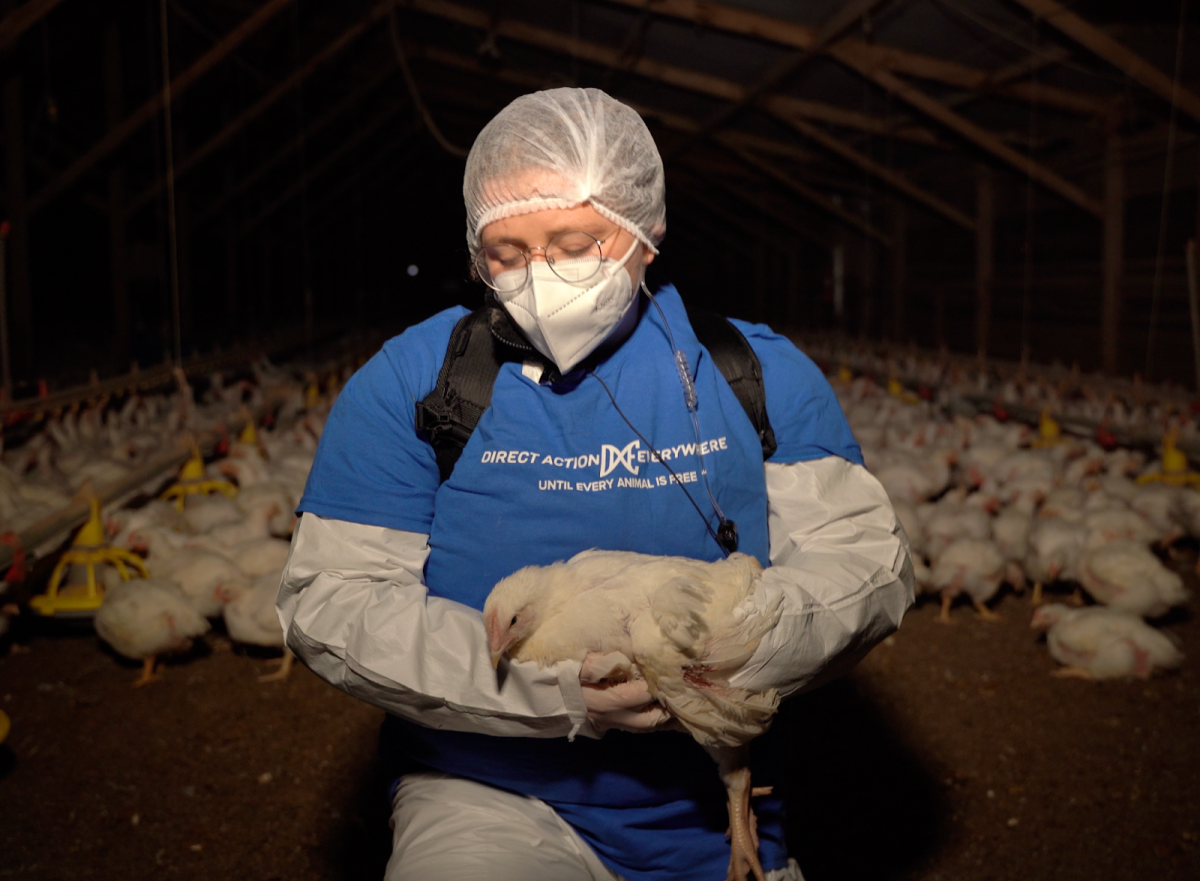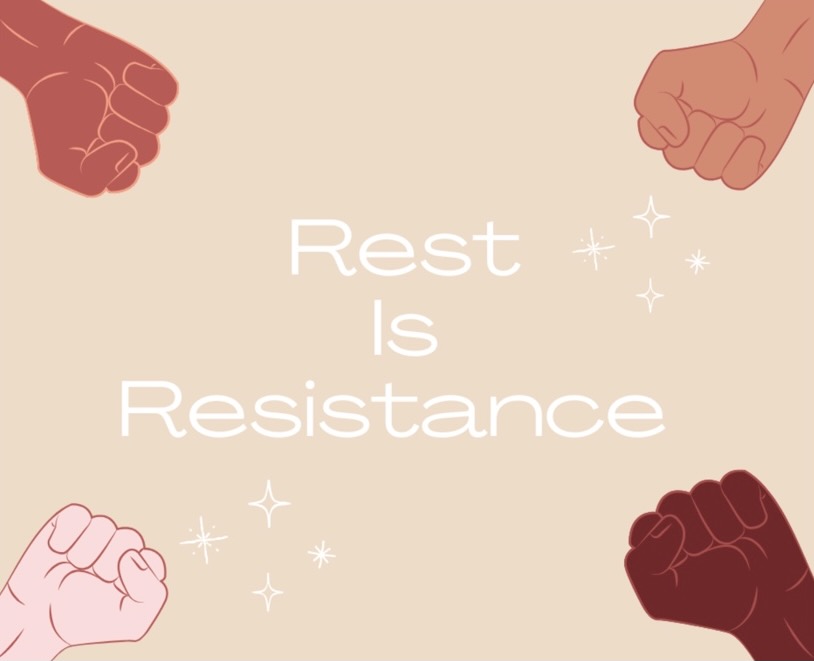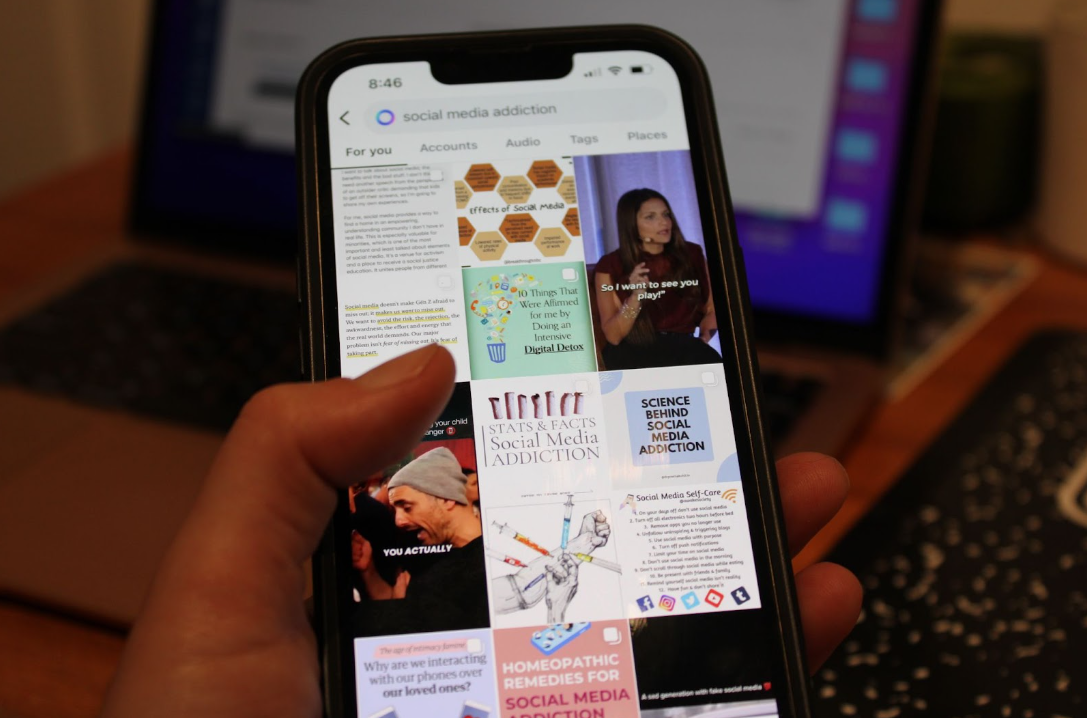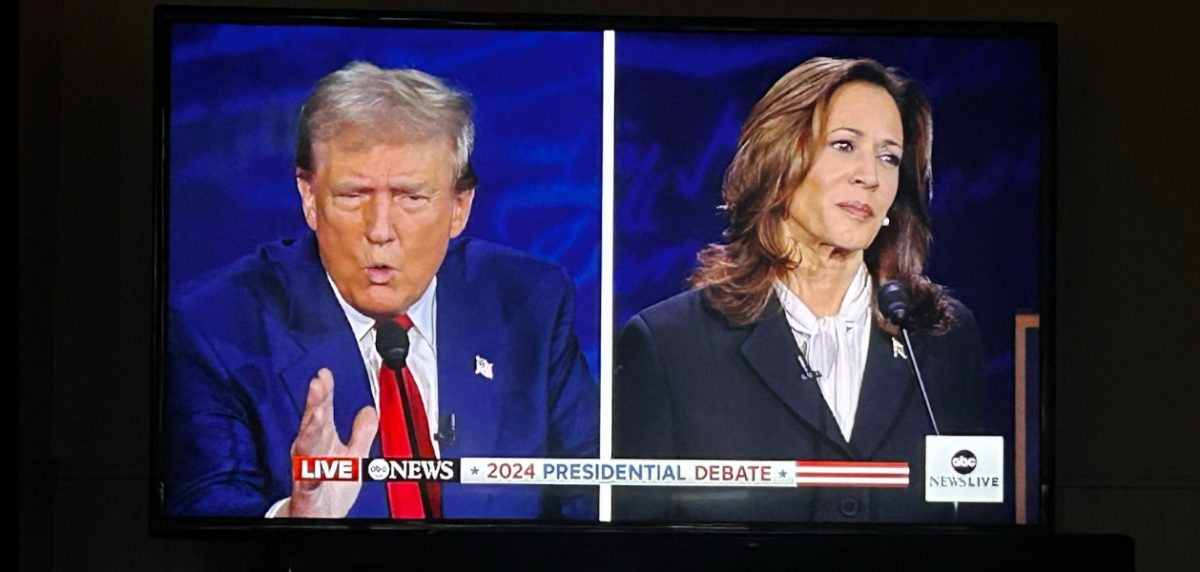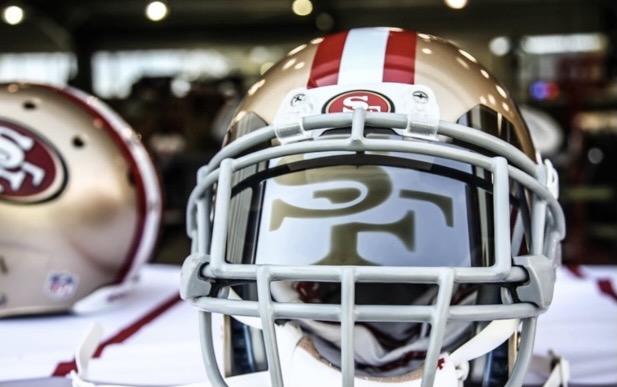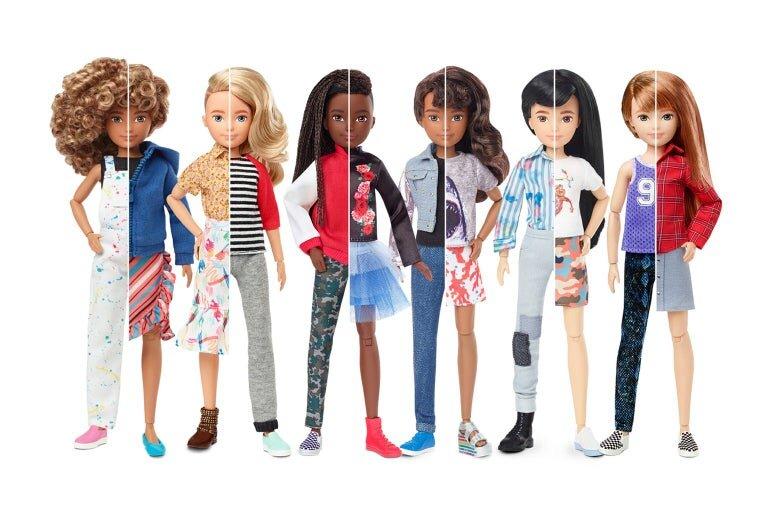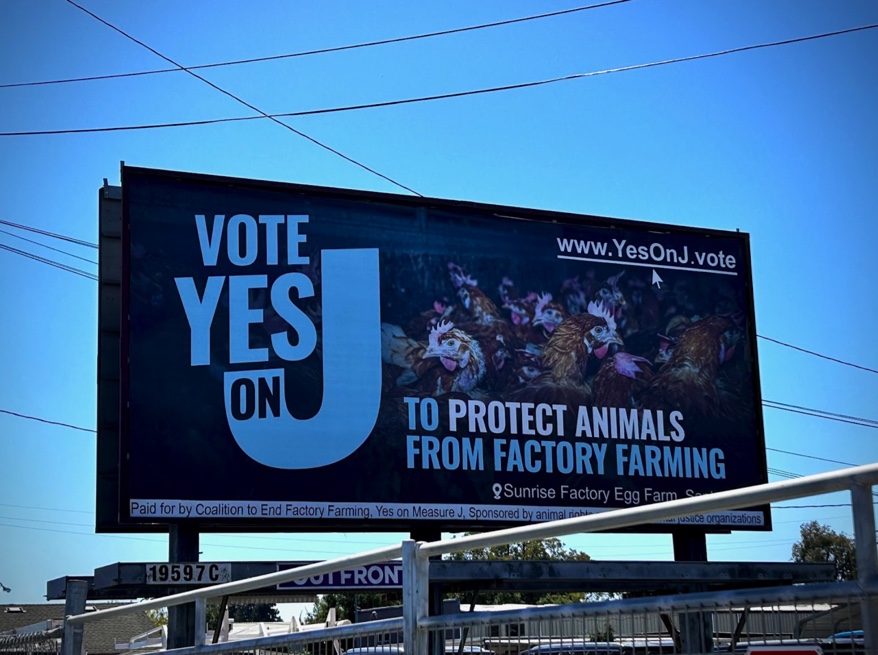Mattel Inc. Toy Company has chosen to make a product specifically to appeal to the progressive part of the United States. Lisa McKnight, the senior vice president of the global doll portfolio of Mattel, said “The world is becoming a more diverse and inclusive place, and some people want to do more to support that.” Mattel is doing their part by their creation of the world’s first gender-neutral doll to hit the market, a doll line called Creatable World that launched on Sept. 25 of 2019
Mattel Inc. is an American multinational toy manufacturing and entertainment company that was founded in 1945. Mattel has created some of the most popular products and brands that have been in the hands of children around the world for decades, some of these being, but not limited to, Fisher-Price, Barbie, Monster High, Polly Pocket, Hot Wheels, American Girl, WWE and more. It is the world’s second-largest toymaker company in terms of revenue, after the Lego Group.
Mattel’s success skyrocketed after their release of the Barbie doll that debuted in March of 1959, becoming the company’s best-selling toy in history. The doll had a significant impact on social values by conveying characteristics of female independence by marketing the doll as a woman with a bunch of occupational roles through a multitude of accessories and clothes. Despite a great deal of the popularity of this iconic toy, Barbie has sparked her share of debate since she first hit the market 60 years ago. Understandably, Barbie was criticized and blamed for promoting an unrealistic idea of body image for young women due to her petite body structure, conspicuous consumption, large breasts, and her minuscule perma-arched feet, second-wave feminists could not bear to see it. Not to fail to mention that the first-generation Barbie doll was only available in one ethnicity with one line of body traits: white, blue-eyed with blonde hair. Mattel attempted to bounce back from the controversies with their release of a more inclusive line of Barbie dolls in 2015 by producing new skin tones and hair textures in response to a 20 % drop in sales between 2012 and 2014. Following, in 2016 the company also unveiled three new body types- petite, tall and curvy. Although this was a step in the right direction, as time progressed so did the nation’s idea of gender and sexuality.
Thanks to the millennial generation’s trendsetting ability and buying power, they have made it known that the population of young people who identify as gender-nonbinary is growing and that the demand for representation is at an all-time high. Mattel is now about four months into the release of their gender-neutral child-sized doll, a doll that was designed to, “keep labels out and invite everyone in,” according to their slogan. Each doll in the Creatable World series looks like a slender seven year-old with short hair, but each comes with a wig of long locks and a wardrobe that includes articles like hoodies, sneakers, graphic T-shirts, tutus and camo pants all in a wide set of colors. Additionally, they are also available in different skin tone shades and hair textures.
Though Mattel has had its moments with failing to respond to cultural issues, they have put effort towards expanding their brands and making changes where they are needed, whereas many other companies have failed to do so, some refuse even. In a capitalistic, heavily bipartisan nation like the United States, it is no surprise that not all companies are willing to conform to progressive and liberalistic ideals but as a government that was created to be focused around the wellness of its people, there must be more representation involving all kinds of people on all platforms as a way to enforce the mirrored image of the individuals that make up this country.



